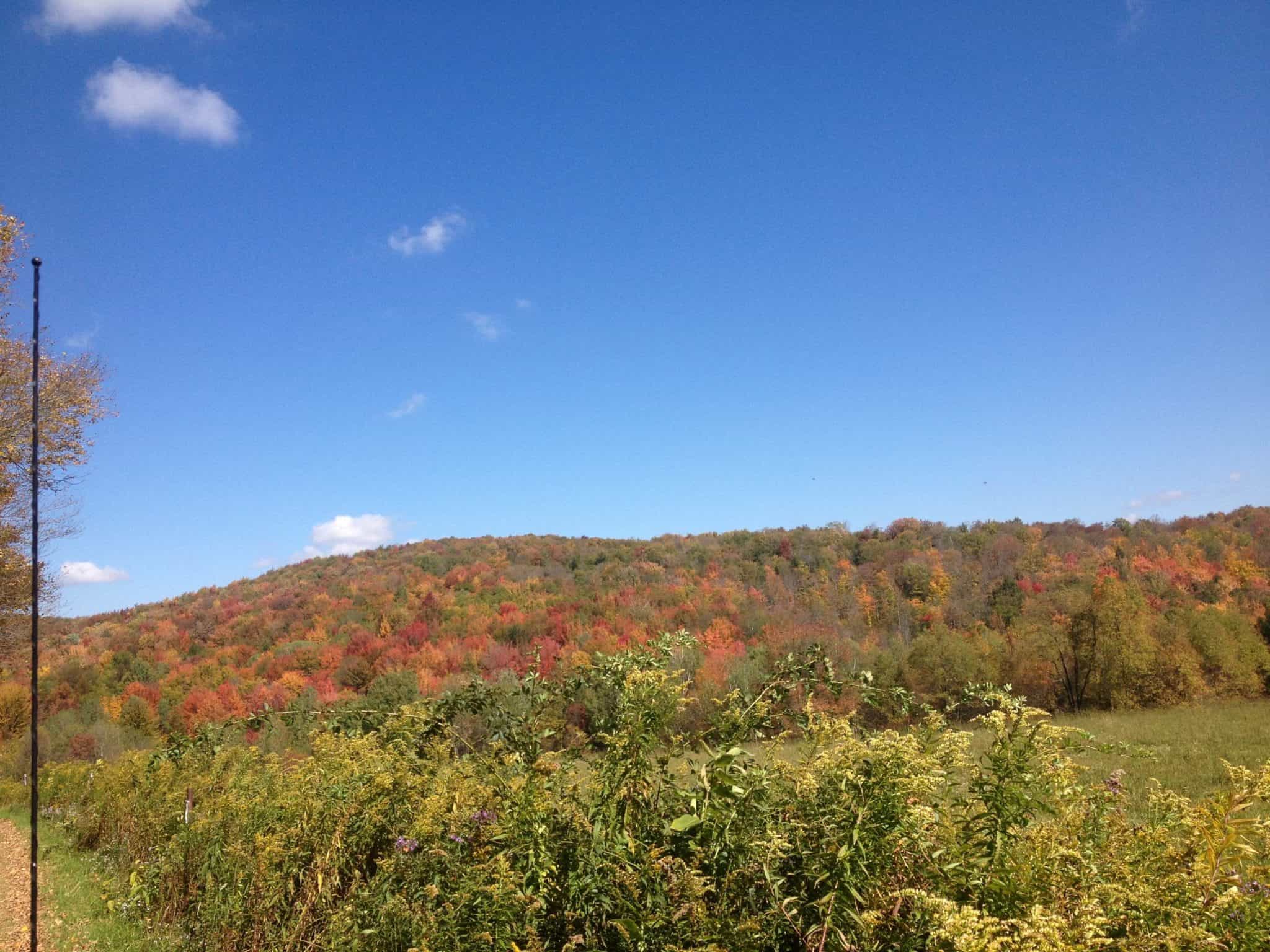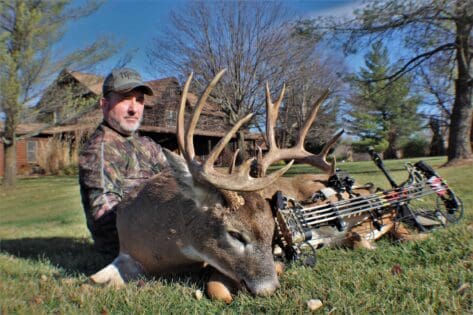Following The Contours of The Land for Whietail Hunting Success.
 Hunting a relatively unknown area is exciting and frustrating. Exciting in discovering untouched areas and frustrating because you are in an unknown area. Packing a climber and bare essentials into a new area tests your primal skills as a hunter. When hunting new areas we as hunters,myself included, look for the blatant sign. Giant rubs, scrapes and worn trails. These are classic signs which should not be disregarded and rarely are. What tends to be shoved in the backseat when hunting new territory is the contours of the land. The contour of the land especially when hunting mountainous areas dictate deer movement, which is no secret. Paying attention to ridge contours was something I should have payed attention to recently as I watched 12 freezer queens(doe) the other morning skirt my range at just over 40 yards. Although I was familiar with the area, I did not truly understand how the deer would move with the land. As luck would have it I watched 12 deer follow the run off drainage down the mountain then hang a right following the natural curve of the bench I was hunting, only to dump off the bench and into the thicket. This so called pinch point was something I should have instinctively understood and set my ambush point. Here are two natural land contours to pay attention to which can help increase your chances in big woodlands.
Hunting a relatively unknown area is exciting and frustrating. Exciting in discovering untouched areas and frustrating because you are in an unknown area. Packing a climber and bare essentials into a new area tests your primal skills as a hunter. When hunting new areas we as hunters,myself included, look for the blatant sign. Giant rubs, scrapes and worn trails. These are classic signs which should not be disregarded and rarely are. What tends to be shoved in the backseat when hunting new territory is the contours of the land. The contour of the land especially when hunting mountainous areas dictate deer movement, which is no secret. Paying attention to ridge contours was something I should have payed attention to recently as I watched 12 freezer queens(doe) the other morning skirt my range at just over 40 yards. Although I was familiar with the area, I did not truly understand how the deer would move with the land. As luck would have it I watched 12 deer follow the run off drainage down the mountain then hang a right following the natural curve of the bench I was hunting, only to dump off the bench and into the thicket. This so called pinch point was something I should have instinctively understood and set my ambush point. Here are two natural land contours to pay attention to which can help increase your chances in big woodlands.
Use a drainage to your advantage:
Drainages created by natural elements are an excellent travel corridor for deer. Usually steep in the middle of the drainage from past erosion, drainages funnel or force deer to follow its path until the first available turn off in the couture of the land. According to chapter 4 of one of my favorite books titled “Mapping Trophy Bucks,” by Brad Herndon, explains deer will skirt the heart of a drainage due to its potential steep grade. The other morning was no exception. The deer were forced to follow the edge of the steep drainage until they reached the turn off for the bench I was sitting on. However, I set up to far into the bench and the deer followed the natural curve of the land skirting me just out of bow range. Moral of the story, look for drainages and where the land naturally lets deer enter and exit with the most ease.
Saddles:
We have all heard the word saddle before, but why are they good for deer hunting? Saddles are defined as a low point on a ridge like a divide or pass. Saddles tend to be the dividing point between two larger geographical landmarks. Saddles allow an ease of travel for deer. My favorite saddle location connects two giant basins. For deer to transition they must walk within range of my stand. For the past three years my father has had a chance at trophy bucks from our saddle location and all three have gotten away. The easiest way to identify saddles is by finding where multiple ridges converge at the lowest point.
Hunting new areas pushes your skills as a woodsman or woman. To be able to hang a stand, hunt, and put an animal down in an unknown area is a thrill unlike that of hunting a known and set area. So break out the topo maps,dust off the climber, and hit the woods.
Jason Reid
Last Updated: November 17th, 2013




